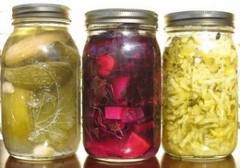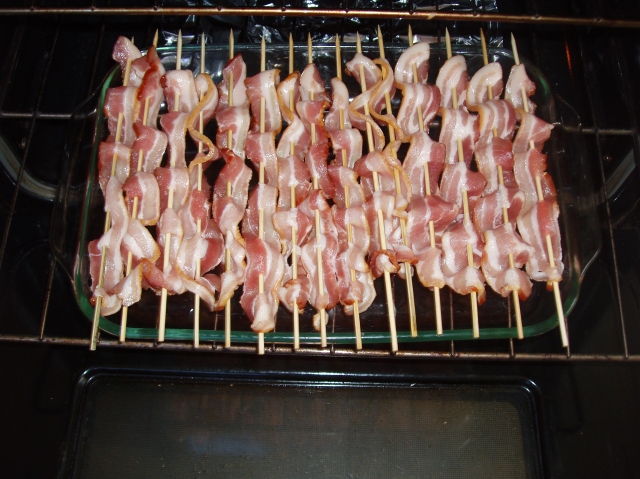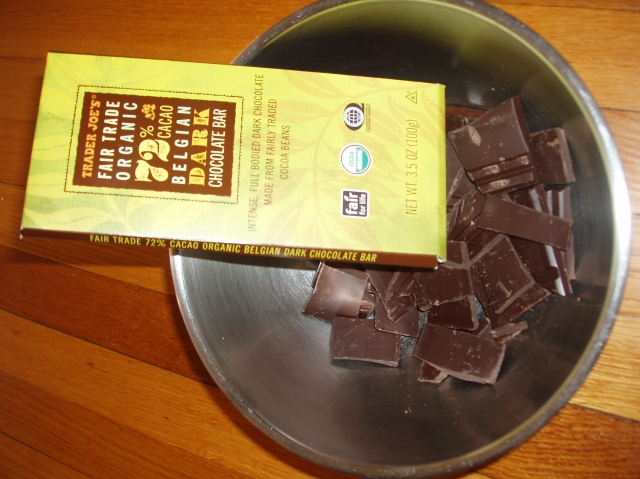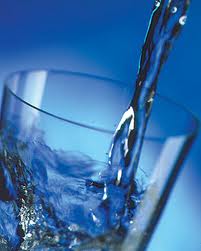This challenge is EASY!
Truly, this can be as easy as you want to make it. Collagen hydrolysate is a tasteless, textureless, odorless powder that is easily mixed into anything. Yes, anything – water, applesauce, soup, scrambled eggs, coffee… Plus, it travels easily. It’s light-weight. Kids won’t even know it’s there. How can it get any better than that?
OK, I know this statement isn’t going to quell all concerns and since I have been approached by a number of people wanting to participate in this Challenge but hesitant due to questions about moving forward I will be addressing some of these very questions and concerns below.
At any point, throughout the Challenge, please feel free to continue to ask any questions or state any concerns in the comments section on any relevant post or on the Facebook group page – 100 Day Health Challenge – Glorious Gelatin.
Q & A
Q: I’ve been making bone broth and consuming 1 cup a day. I’m not sure I can consume 3 cups of it every day. Can I still participate in this Challenge?
A: YES, absolutely! The guidelines in Take the 100-Day Gelatin Challenge! state that one is to consume ½ – 1 cup broth three times a day – OR- 1 tablespoon gelatin or collagen hydrolysate three times a day. This is set as an “ideal”. I would like to encourage participants to strive toward this amount for more optimal nourishment and benefit. Of course, there is still benefit to consuming 1 cup a day of bone broth, just as there is still benefit to consuming one tablespoon of gelatin a day. It stands to reason that taking the suggested amounts within the Challenge guidelines will likely result in more noticeable benefits over the course of the Challenge.
In addition, if consuming 3 cups of broth a day feels daunting, remember that you can substitute the gelatin (gummies, jello, desserts, breads, etc.) or collagen at anytime.
Q: If I participate in the Challenge does that automatically enter me in the contest to win the prizes?
A: In short, NO. Participation in the Challenge is one part of being eligible for the contest. Anyone can participate. In order to be eligible to be entered to win one of the prizes, you need to fill out and return the forms provided (100 Day Progress Assessment and Informed Consent and Disclaimer) to marissaworkowski@gmail.com or message me for snail mail address to send paper forms.
I apologize that the forms are not in writeable pdf format, I am still learning the tricks of the trade.
Important Note: Please fill out the forms prior to December 1st to get record of your baseline symptoms and state of health. This is for your benefit as much as mine, as this provides a way for you to track your progress throughout the course of the Challenge. Copies of the initial assessment and consent forms are to be sent via email or snail mail to enter you into the contest. (Please keep a copy for yourself). You will be filling out the Progress Assessment form again mid-way through the Challenge (day 49-50), and at the end of the Challenge (day 100-101), where again, they are to be sent via email or snail mail to ensure completion of the Challenge. I will post reminders at Two Sisters and on Facebook.
Q: What if I miss a day? Does this disqualify me?
A: It’s OK to miss a day, occasionally. You won’t be disqualified. Life can be unpredictable and sometimes our flow gets disrupted. It’s understandable that you might miss a day, or one days ‘dosage’ might be more lean. I encourage you to strive for every day adherence. New habits take a while to form (some experts say 21-28 days), so be diligent.
If accountability is your challenge, try checking in on the Facebook group page and asking a question or sharing a success. Better yet, find a Challenge buddy, someone who will do the Challenge alongside you and you can be accountable to one another.
If you are participating fully in the Challenge and have sent in your forms to enter in the contest and find yourself struggling to keep up with a consistent ‘dose’ or you start missing more days, please make note of this in the comments section on your Progress Assessment form. Again, you won’t be disqualified for this. It simply assists me as I go over your pre- and post-Challenge forms.
Q: Why are you collecting our Progress Assessment forms?
A: I am not a scientist, nor am I a medical doctor. True and True. So why would I want your forms? While this is certainly not anything truly scientific, I would like to see what kind of results people are getting. One hundred days is a solid chunk of time for someone to dedicate to one specific healthy daily addition. I believe we may just see some wonderful and maybe unexpected shifts for some of you. Also, I would love to potentially use some of these findings as “testimonials” as I move forward in my new business venture. What business venture, you ask… well, I can’t say just yet as it is still in the infancy stage, but I am working on a business plan, something in the nutrition field.
Q: How flexible is the Challenge in regard to amounts of gelatin consumed in a day?
A: This is similar to a question above, but there are a few more things I can add here. You are welcome to try consuming more gelatin in a day. Studio Time Out hosted a gelatin challenge some time ago and state “For more intense leaky gut healing and reduction of inflammation, consider taking up to 7 tablespoons a day, for a week.” While I haven’t found any science to back this one up, it may be worth a try for those with more serious inflammation. It’s a judgment call on your part though.
If you are going to adjust the amount you consume throughout the Challenge, please keep in mind that consistency is important. If you choose to do 1 tablespoon of gelatin or 1 cup of broth a day, try to stick to that throughout. If you choose to do one week at 7 tablespoons a day and then reduce to 3 tablespoons a day for the remaining days of the Challenge, take note of that in your Progress Assessment and try to stay consistent. This helps in determining your success and analyzing your results.
Q: With the holidays upon us, I know I will be traveling. How can I keep up with the Challenge while I am away?
A: Purchase a container of the collagen hydrolysate. This is the easiest form to take. It is tasteless, textureless, odorless, and mixes into anything. Truly! Mix it in your water, coffee, tea, food… anything!
You can put the collagen in a smaller container for travel. If you are flying, you might want to consider at least labeling it, in case TSA gives you a hard time about it.
Hopefully this answers some of the questions you have had floating around in your head. Again, please feel free to comment below or on our Facebook page if there is something still niggling away inside you. I look forward to embarking on this journey with you. Only a few short days away!
Side Note:
I wanted to share this article again, because I believe it has some important points in it. Please take a moment to go over and read it.
Butter Nutrition – What You Don’t Know About Gelatin May Hurt You – 5 Things You Need To Know

















